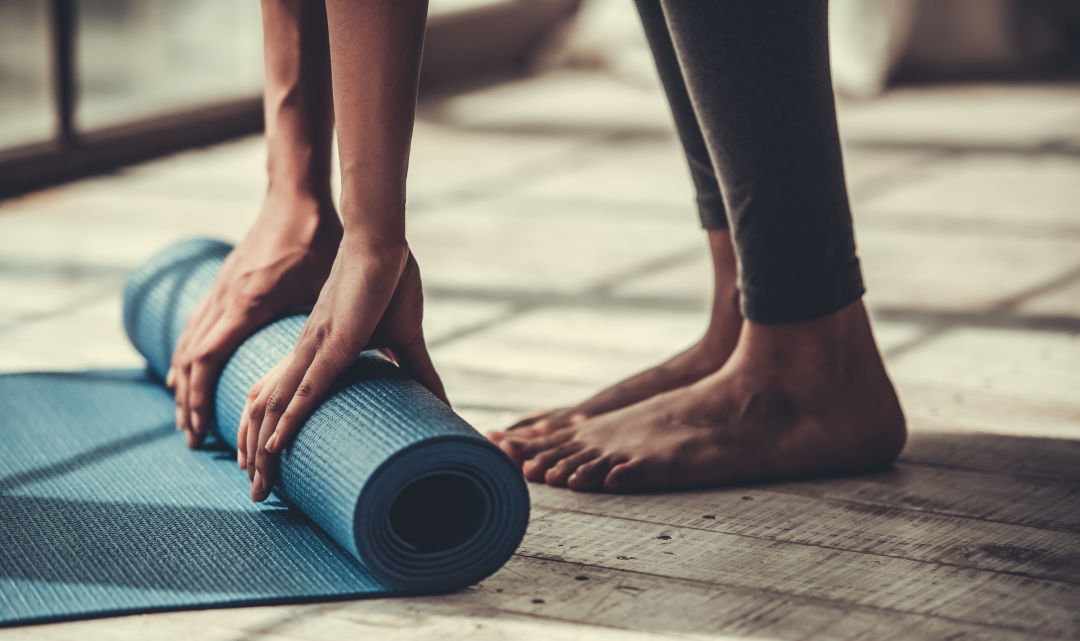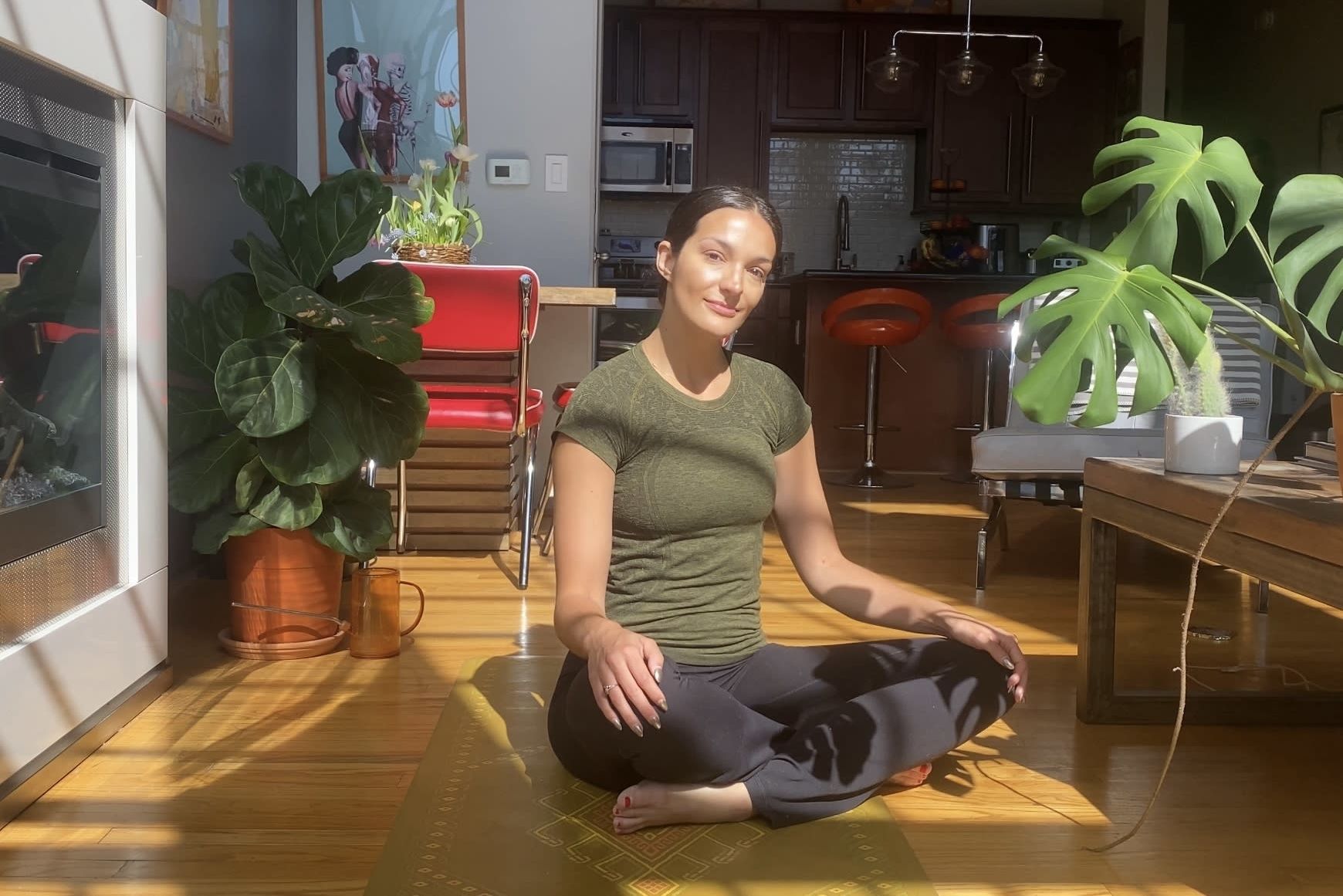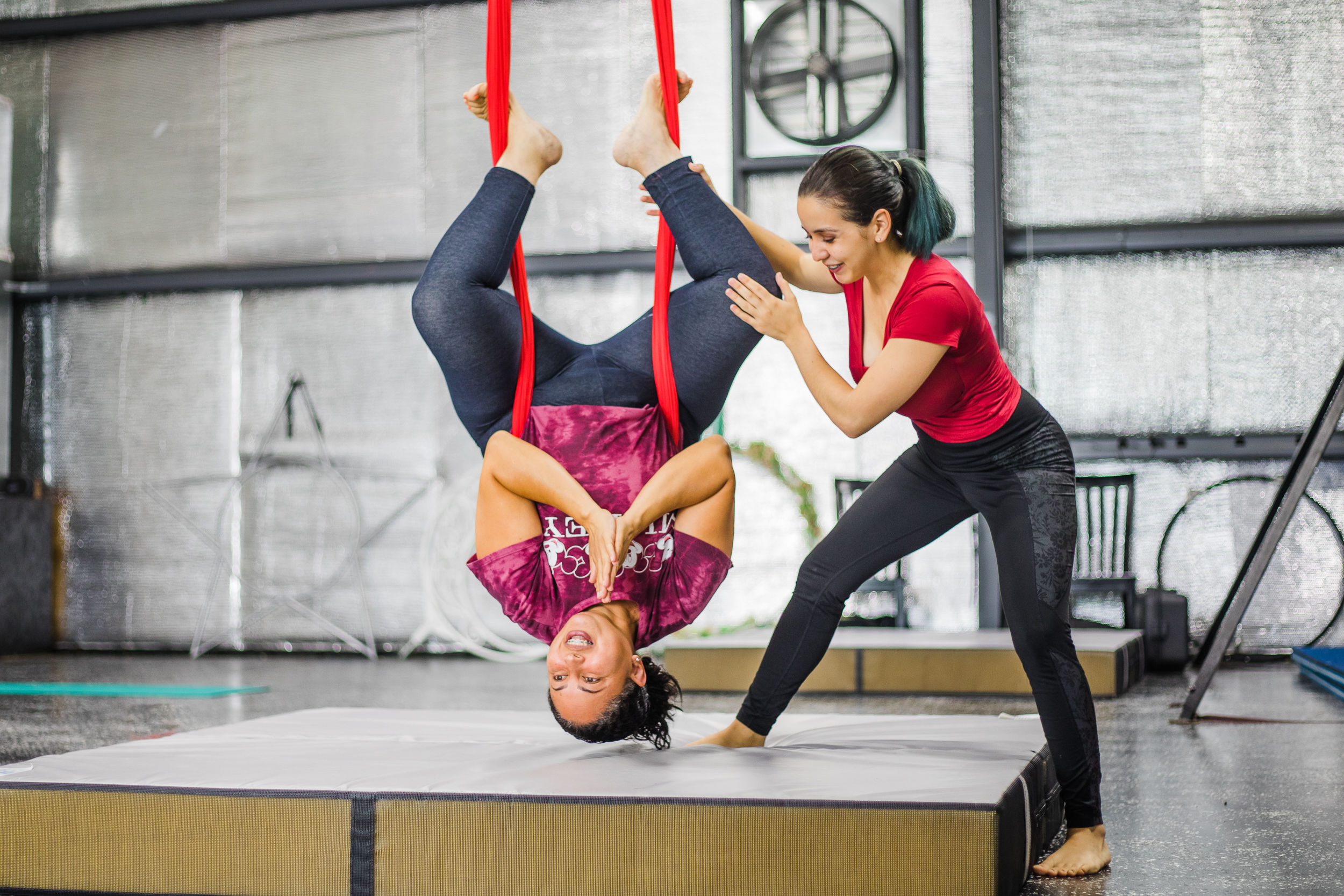Yes, Yoga Really Is for Everyone

Image: George Rudy/Shutterstock.com
The term “yoga” encompasses so much, yet most of us know it as that stretchy exercise class that enables companies to sell really expensive stretchy pants. I’m writing to tell you there's so much more—it’s worth trying if you haven’t yet. And yes, yoga is really for everyone.
While yoga poses, also known as asanas, are hugely important for their physical health benefits, it’s helpful to delve into the “why” behind the poses and the world of yoga beyond body movements. Doing so will help you realize that you don’t need to already be flexible, strong, rich, calm, or anything at all to practice yoga.
Getting to the "why" of yoga requires getting to the heart of your own personal "why." Why do you do the things you love to do? What gets you out of bed in the morning? Who in your life do you appreciate deeply? Why do you do anything? Searching for this "why" is what we call inquiry work in the style of yoga I practice. Once you identify what drives you as a person, you can begin to practice powerfully choosing each action you take or word you speak to align with your inner why. I can say with confidence that part of everyone’s inner why is something along the lines of “be happy and help others be happy.”
Here’s where the poses come in. Yoga philosophy says we, as humans, simply get distracted with the minutiae of living life and tend to forget about our power of choice, leaving us to feel like we're an effect rather than the cause.
Stepping onto your mat—in a room with no technology, completely separated from external life—puts you in a literal, physical space of space. In this undistracted space, you can move your body in a way that hooks your mind’s attention exclusively to what's “right here, right now.” Some poses feel comfortable, and some really don’t. Some poses cause your body temperature to rise; some cause you to feel a little emotional (or very emotional). They all cause you to realize what you’ve possibly forgotten: your inner why.
It’s in this space of utter attention and commitment to health and happiness that you stretch out, sweat out, and move out any built up creakiness and stuck-ness. You’ve heard the idiom, “As above, so below.” If your mind has been stuck or distracted, so, too, has your body. Simply being in the room, paying attention to what’s happening, and encouraging your body to go to its edge (which is very different for everyone) is all you need to practice your power of choice. Then, you can choose to stay even when something is uncomfortable. After some time—minutes, months, years—you eventually become comfortable with the uncomfortable, which is a very freeing feeling. In yoga, true happiness and power is this contentment.
In traditional yoga, achieving a healthier body, mind, and heart by the end of your practice is intended to prepare you to sit in meditation longer than you could have before. Meditation is another broad topic, but I’ll just say this: Everyone can meditate, and even a "bad" meditation is good meditation. Your mind being all over the place is kind of the point: It’s supposed to be all over the place so you can practice realizing what it’s been saying. Asana is practicing body shapes; meditation is practicing mental shapes.
Inquiry, asana, meditation round out a yoga practice to include the poses and be more than the poses. Whether you watch a video online, get to a class, or even ask the studio to let you try the class for free, you can make it happen if you want it. You can have a body that looks very different from other bodies and still do this work by practicing the choice to be okay with being different.
Your inner why totally matches the "why" of yoga. Yoga equals union. All you are doing with the shapes is joining yourself with the power to choose from your inner why.




